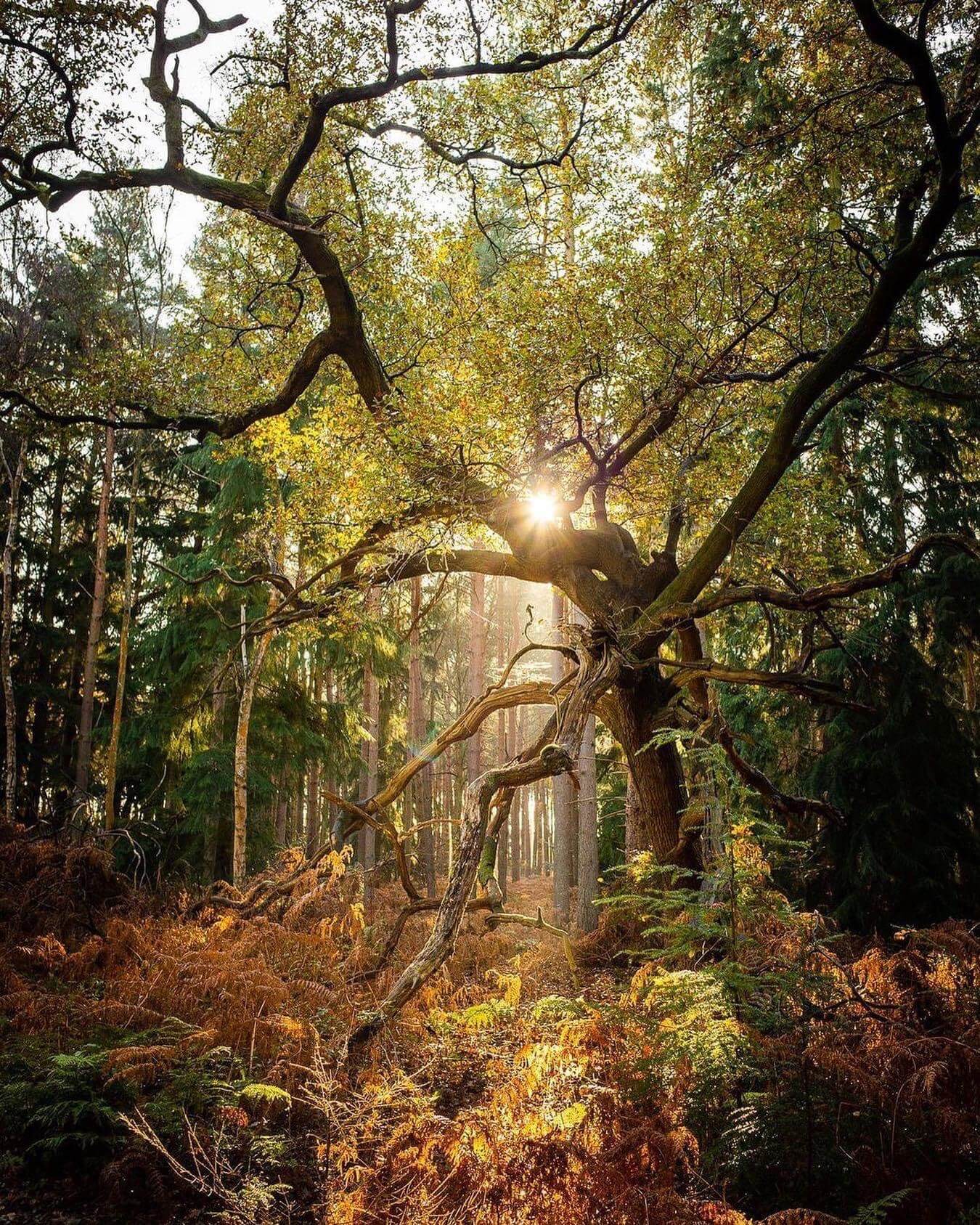


We had the legendary pan-species recorder Graeme Lyons assisting us conduct a baseline survey of the rewilding area last year, so that we can track the ecological changes over time. Graeme performed a number of surveys; we wrote about the results of his bird and invertebrate surveys a few blogs back.
Graeme also conducted a ‘vegetation composition and structure survey’. This is a bespoke survey methodology designed by Graeme to track the changes in vegetation during ecological restoration projects such as Wild Ken Hill. Graeme divided the rewilding site into a 200m x 200m grid, and assessed the vegetation at the node of each plot. There were 98 plots, and in each, Graeme recorded species richness, nectar abundance and diversity, structural types, seedlings, saplings, canopy trees and deadwood. The result is an extremely rich dataset that can be contrasted with findings from the same survey methodology in 3, 5, and 10 years’ time.
Graeme said: “Ken Hill is an extremely rich botanical site with varied structural types and habitats”. A total of 232 species were recorded, including eight species with conservation status were recorded in the plots being: Common Cudweed, Corn Marigold, Corn Spurrey, Dwarf Spurge, Field Woundwort, Hoary Mullein, Prickly Poppy and Stinking Chamomile.
The report contains numerous outputs. The number of species per plot was a particularly interesting indicator. It shows how the rough edges between the woodland and the post-arable land are often the most botanically diverse. As the arable fields experience more vegetation succession, and the woodland reverts to woodland pasture (with our initial assistance), we should see more of these biodiverse, rough edges, which is exciting.

The number of structural layers appeared to be strongest in areas of existing woodland pasture, and shows substantial room for improvement. Similarly the volume of deadwood has plenty of room to improve, clearly in the former arable fields. These will both be fantastic indicators of the success of our rewilding efforts, being highly correlated to overall biodiversity.


Graeme also points out that “much of the best habitat exists in thin strips or in a very rank and overgrown state“. It’s exciting to know that there is still significant headroom for biodiversity gain on site, despite the existence of over 2,000 total species already.
In particular, the introduction of wild herbivores as natural grazers should help to improve the condition of the closed canopy woodland and acid heathland which are the most “rank” areas. Excitingly, after receiving advice from numerous experts, we are looking to reintroduce grazing animals in very small numbers in the Autumn. Stay tuned for more on this.
In due course we intend to make the full baseline survey reports available on the website, and we will also continue to share results from other surveys as they come in – woodlark and freshwater marsh surveys are likely to be next! In the meantime, don’t forget to follow us across our social media platforms for more frequent updates!